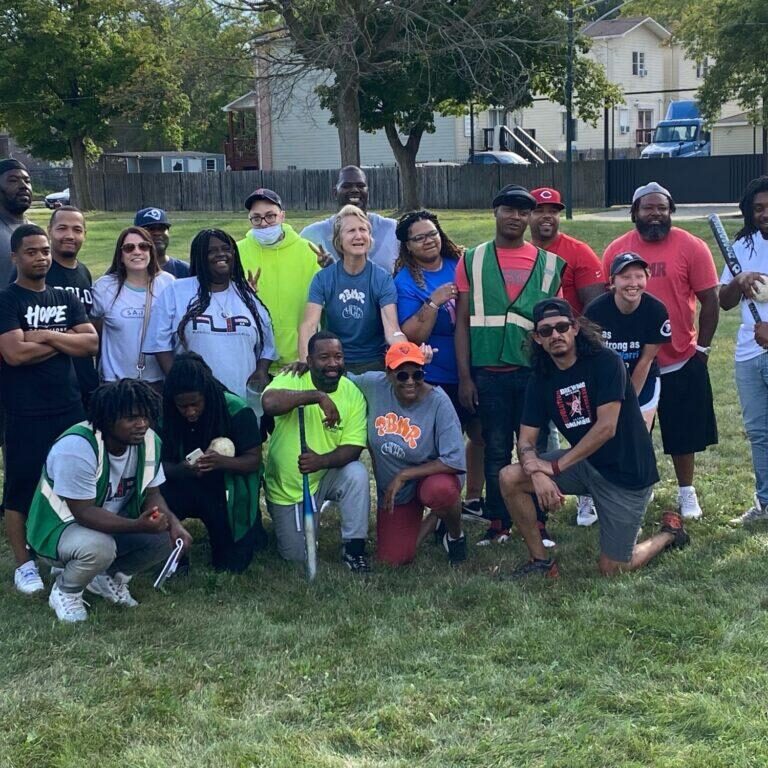Future of CVI

Growth
Exposure to community violence is a public health crisis and is associated with family stress, conflict, and increased behavioral disorders (e.g. anxiety, depression, post-traumatic stress, conduct disorder, etc.), according to the Illinois Criminal Justice Information Authority.
However, Community Violence Intervention organizations are only serving between 15-20% of the highest-risk individuals with violence intervention services. There are encouraging signs that victimization and violent behaviors are reduced when individuals have access to comprehensive outreach, trauma recovery, and employment training and placement opportunities.
Estimates show that nearly 2,000 CVI workers are needed to meet the demand. These include outreach workers, case managers, and clinicians.
To scale these outcomes and reduce homicides, we must bring public health investments to scale in neighborhoods that are most traumatized by violence.
Sustainability
Positive results of violence intervention show that we must maintain our investment in these programs to sustain results. With federal and local investment, CVI pays for itself in the form of direct and indirect economic benefits to governments and individuals.
In 2021, the U.S. government passed the American Rescue Plan Act (ARPA), which allocated significant funding to CVI organizations across the country over three years. The level and scale of that funding must be sustained to scale the CVI workorce and the number of organizations that can reach the highest-risk individuals once ARPA expires.

